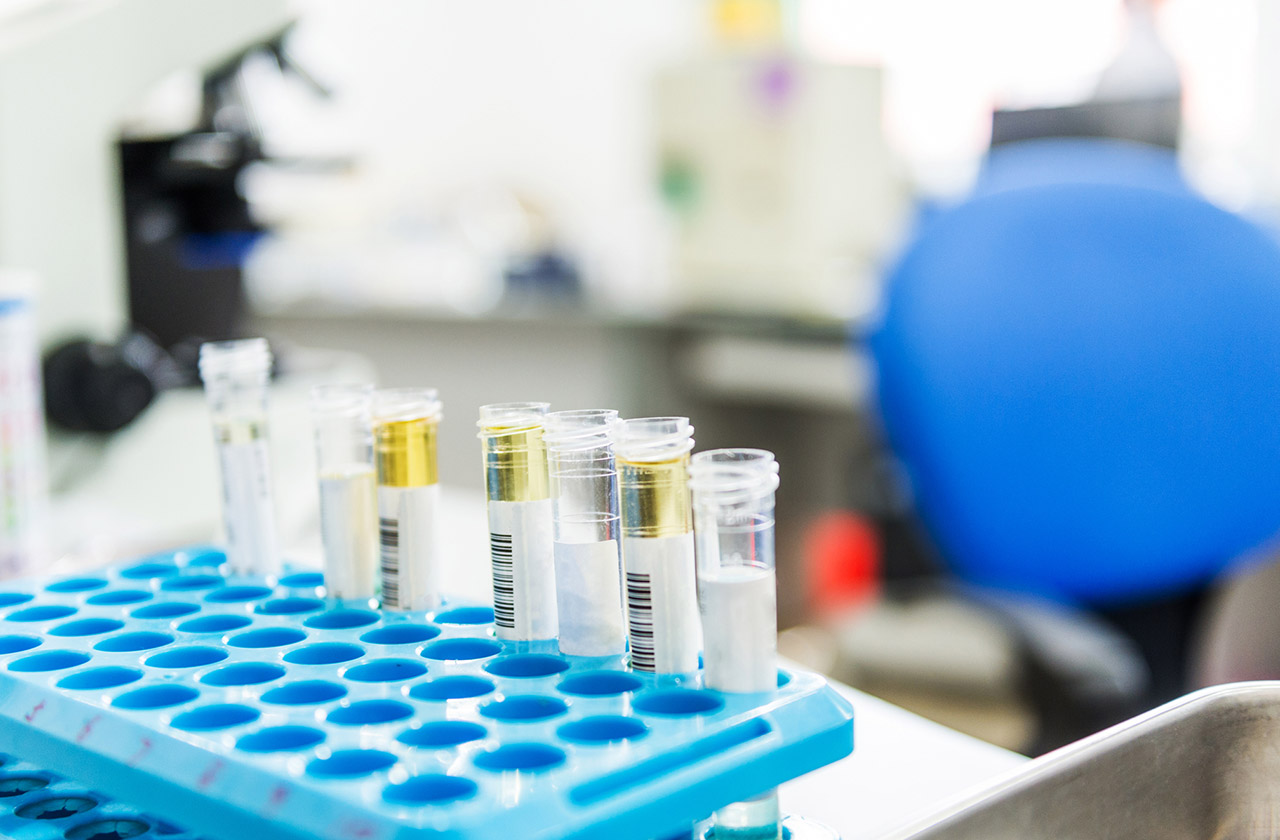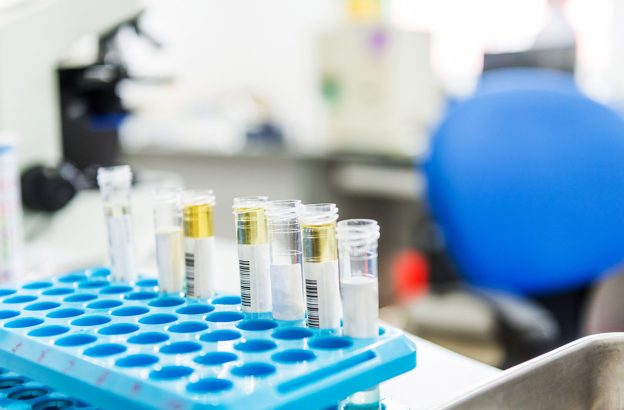Description
This course provides an extensive introduction to the fundamental concepts and methods of biostatistics specifically tailored for biomedical engineers. The course aims to equip students with the necessary statistical skills and knowledge to effectively analyze and interpret biomedical data, enabling them to make informed decisions in their research and engineering projects.
Throughout the course, students will explore key topics such as data collection, data visualization, descriptive statistics, probability distributions, hypothesis testing, regression analysis, and experimental design. Emphasis will be placed on understanding the unique challenges and considerations associated with biomedical data, including issues related to bias, confounding variables, and ethical implications.
Hands-on exercises and real-life examples will be integrated into the curriculum to enhance practical understanding and application of biostatistical techniques. Students will also have the opportunity to work with statistical software commonly used in biomedical research, further strengthening their analytical capabilities.
By the end of this course, students will have developed a solid foundation in biostatistics, enabling them to critically evaluate and effectively communicate statistical findings in the context of biomedical engineering. This knowledge will prove invaluable in conducting research, designing experiments, and contributing to advancements in the field of biomedical engineering.
Featured Subjects
Exploratory Data Analysis (EDA): Exploratory data analysis (EDA) is a process of initial investigation and analysis to understand the basic characteristics of a data set. It involves examining patterns, trends, relationships, and anomalies in the data, using graphical and descriptive techniques. EDA helps to formulate hypotheses, identify relevant variables, and prepare the data for more advanced analysis.
Parametric Hypotheses: Parametric hypotheses are statements about the parameters of a probability distribution. They are characterized by specifying the type of distribution (normal, binomial, etc.) and the values of its parameters. Parametric hypotheses are used in hypothesis tests to determine whether the observed data are consistent with the hypothesized parameters.
Frequency, Risk, and Survival Measures: Frequency, risk, and survival measures are measures used to quantify the occurrence of events in a population. Frequency is the number of events that occur in a unit of time or space, while risk is the probability that an event will occur in a specific individual over a specified time period. Survival measures estimate the probability that an individual will survive a specific event for a specified amount of time.
Sampling and Statistical Inference: Sampling is the process of selecting a representative subsample of a population to study its characteristics. Statistical inference uses the results of a sample to make inferences about the population from which it was drawn. Statistical inference techniques include hypothesis testing, parameter estimation, and confidence intervals.
Point and Interval Estimation: Point estimation is the process of determining a single value that is believed to be close to the true value of a population parameter. Interval estimation, on the other hand, provides a range of values within which the true value of the parameter is believed to lie. Confidence intervals are constructed using statistical inference techniques and have an associated confidence level, which indicates the probability that the interval contains the true value of the parameter.
Regression Models: Regression models are statistical models that relate a dependent variable (response) to one or more independent variables (predictors). Regression models are used to understand the relationships between variables, predict values of the dependent variable, and make inferences about the parameters of the model. There are different types of regression models, such as linear regression, logistic regression, and Poisson regression.
ANOVA Tests: ANOVA tests are used to compare the means of two or more groups. They are a type of parametric hypothesis test that assumes the data follow a normal distribution. ANOVA tests are often used in biostatistics to compare the effects of different treatments or interventions.
Survival Models: Survival models are used to estimate the probability of survival for a specific event. They are often used in biostatistics to study the effectiveness of treatments or interventions for chronic diseases.
Models for Categorical Variables: Models for categorical variables are used to analyze data that are categorical in nature. They are often used in biostatistics to study the relationship between categorical variables, such as disease status and treatment group.
General Linear Model with Multivariate Response: A general linear model with multivariate response is a statistical model that can be used to analyze data with multiple dependent variables. It is often used in biostatistics to study the relationship between multiple independent variables and multiple dependent variables.
Contingency Tables: Contingency tables are used to summarize the relationship between two or more categorical variables. They are often used in biostatistics to study the association between categorical variables, such as disease status and exposure status.
Hypothesis Tests: Hypothesis tests are used to determine whether the observed data are consistent with a given hypothesis. They are a fundamental tool in biostatistics and are used in a wide variety of applications.
Evaluation:
The course grade is based on the following:
- 4 Quizes: 40%
- 2 Midterm exam: 50%
- Taking course: 10%
Textbook:
- Applied Biostatistics for the Health Sciences by Louis D. Johnston and Adrienne B. Franklin
Recommended readings:
- Biostatistics: The Bare Essentials** by David J. Hand
- Biostatistics: A Foundation for Analysis in the Health Sciences by Michael E. Sokal and Peter H. Rohlf
About Instructor


